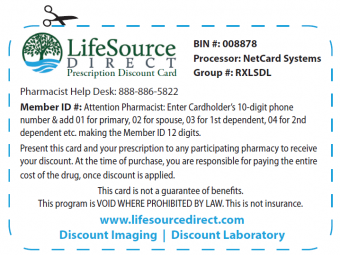Image: zirconicusso / FreeDigitalPhotos.net
It used to be that any client over age 65 was a life settlement candidate. The sales pitch was fairly simplistic: sell your current policy for more than the premiums paid in and utilize the proceeds to purchase a replacement policy with lower premiums or better features. With acceleration from 2006, investors clamored over this alternative investment class, creating a rich seller’s market with robust policy valuations. Unfortunately, this period proved to be a valuation bubble and the life settlement market has since retrenched.
This year we found demand for policies increasing as investors returned to this asset class, though with more discipline and conservative underwriting pricing. Much has been written about the purchase criteria for policies investors seek today. Less obvious has been the change in the salespitch to selling customers. Life settlements are much more than a simple salespitch. Life settlements are a solution worth considering in response to specific challenges facing the customer. As such, life settlements have become a strategic tool in financial planning. There are common themes among the clients who turn to life settlements. Most transactions are related to changing planning priorities or a need for liquidity. Here, we take a look at a few case examples.
Changing planning priorities
Divorce — While it is likely the original planning need may shift when a divorce occurs, often the divorce decree requires coverage be maintained for a specific period of time. When considering a life settlement in this situation, one must ensure the cooperation of the ex-spouses, who are typically the owner and insured.
This case example is a divorced couple who have agreed to amend their divorce agreement to allow for a life settlement transaction, and who are currently negotiating the split of the proceeds:
- Policy: $2 million universal life (UL), issued 2007
- Insured profile: Male, age 66, life expectancy underwriting: 121 months and 139 months
- Offer price: $370,000
Estate planning — A plan can be the best choice made at a moment in time. But life is fluid, and plans must be reviewed regularly to ensure they continue to match the best choices in the current environment.
See also: Business Changes Can Mean Life Settlement Opportunities
In one case, as the result of a recent review, the advisor recognized excess coverage at the death of the first spouse but a lack of adequate coverage for the estate at the death of the second spouse. To fill this gap, the advisor recommended purchasing a new survivorship policy. To fund the new coverage, two of six individual policies were sold. This effectively shifted coverage from the death of the first spouse to the death of the second:
- Insured profile: Male, age 78, life expectancy underwriting: 107 months and 82 months
- Policy 1: $2 million, convertible term, issued 2002
- Sale price: $373,000
- Policy 2: $1.5 million UL, issued 1994
- Sale price: $563,000

